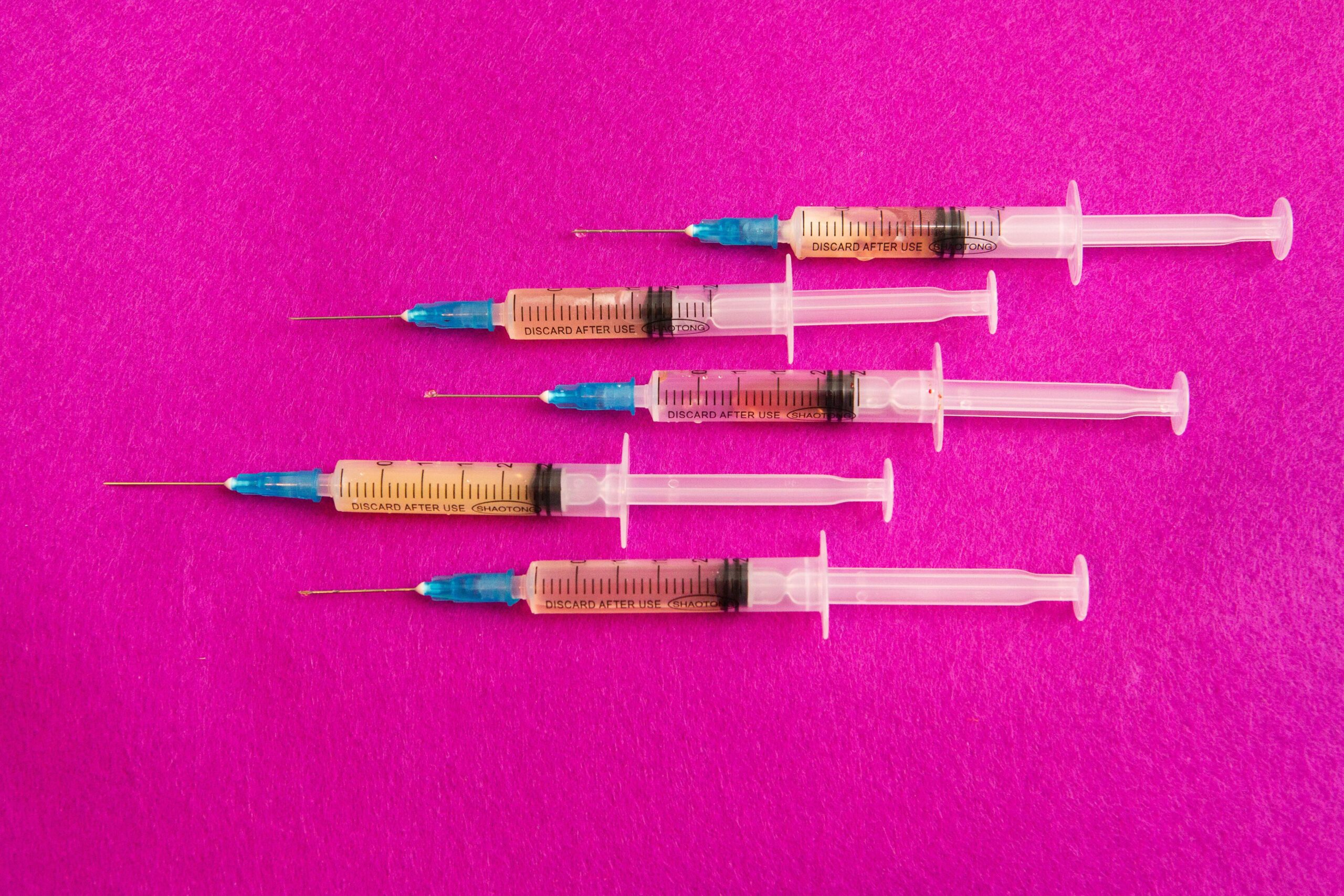An advisory panel of the US Centres for Disease Control and Prevention voted to recommend that frontline essential workers and adults aged 75 and older will be the next in line to get the COVID-19 vaccine.
The entire world awaits a COVID-19 vaccine. Everybody got excited when companies such as Pfizer Inc and BioNTech released data from a trial that showed that their vaccine can reduce the chances of symptoms of coronavirus by more than 90 percent. Since then, every individual is eagerly waiting for the dose of the vaccine that can immunise them against the novel coronavirus.
With the arrival of the coronavirus vaccine, an independent committee at the Centres for Disease Control and Prevention recommended that frontline essential workers and people 75 years of age and older in the United States should be the next in line for limited supplies of Covid-19 vaccines. The panel, the Advisory Committee on Immunisation Practices, approved the recommendations on a 13-1 vote after a robust debate about whether more seniors and high-risk groups should be given priority over some essential workers.
Frontline essential workers and people 75 years of age and older in the United States are two high-risk population groups when it comes to coronavirus disease. According to the recommendations made by the committee, the above two groups include about 49 million people and will be the next to get COVID-19 vaccines in the next wave of immunisations.
Reasons behind the selection of priority group:
The debate about who should receive the vaccine in these months has grown increasingly urgent as the daily tally of cases has swelled to numbers unimaginable to the general public even weeks ago. Vaccines are in limited supply at least for now and the next few months. According to CDC expectations, there should be doses available to vaccinate 20 million people in December, 30 million people in January, and 50 million people in February. Therefore, it becomes urgent for CDC to make difficult choices.
The US has already begun vaccinating health care workers. This week roughly six million doses of the newly authorised Moderna vaccine are to start arriving at more than 3,700 locations around the country, including many smaller and rural hospitals, widening the rollout that began with Pfizer’s vaccine last week.
As per various reports, an estimated 30 million front-line essential workers are laboured in meat plants, grocery stores, prisons, firefighters, public transit and other key areas, and cannot work remotely. Therefore, they become a priority as they play a critical role in keeping society functioning. These frontline essential workers live or work in high-risk or high-transmission communities and that is why they are at the highest risk of suffering from the deadly disease caused by the coronavirus.
Adults aged 75 and above make a population of about 19 million people in the US, were also included in this priority group because they account for 25 percent of hospitalisations and a significant share of deaths caused by COVID-19.
Phases of vaccine distribution:
The new proposal comes less than a week after the first COVID-19 vaccines went out to health care workers and people living in long-term care facilities across the country. That group is referred to as Phase 1A. The Food and Drug Administration has granted emergency use authorisation to two COVID-19 vaccines, from Pfizer and BioNTech and Moderna in the US.
In the next phase, deemed as Phase 1B, people aged above 75 and older and frontline essential workers such as firefighters and police officers, as well as teachers, day-care staff and others working in education will get the vaccine dose.
In Phase 1C, which may start in February, access to COVID-19 vaccines would expand to include adults 65 and older, along with people with underlying medical conditions that put them at higher risk of getting severely ill from COVID-19, and other essential non-frontline workers including those who work in construction, waste, trucking and food service.
The recommendations for now are non-binding, and since states in the US will be the ones to make the final decisions over who to prioritise for vaccination. However, many states have been looking to Advisory Committee on Immunisation Practices recommendations to help them settle challenging ethical questions over how to fairly distribute the scarce supply of the doses.

